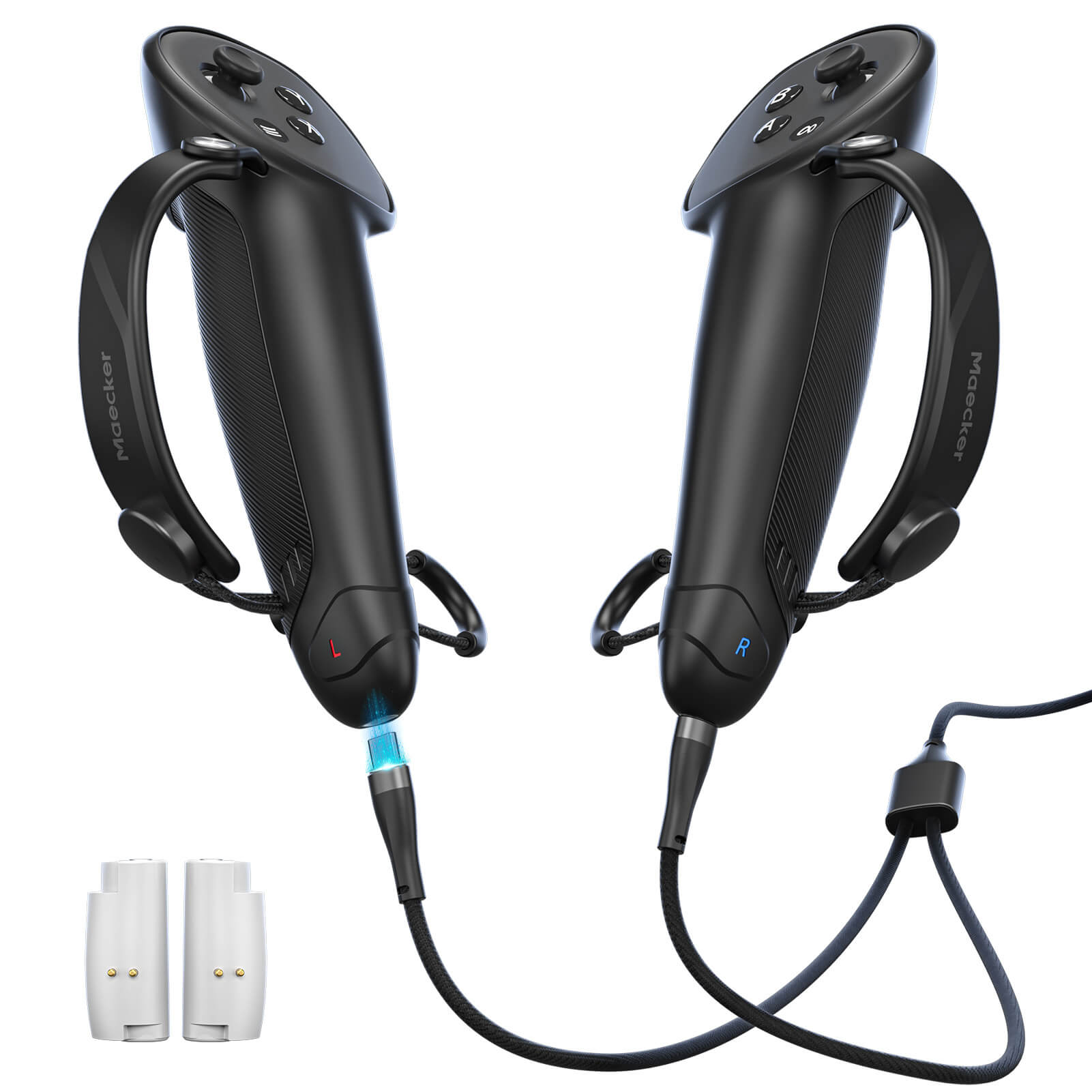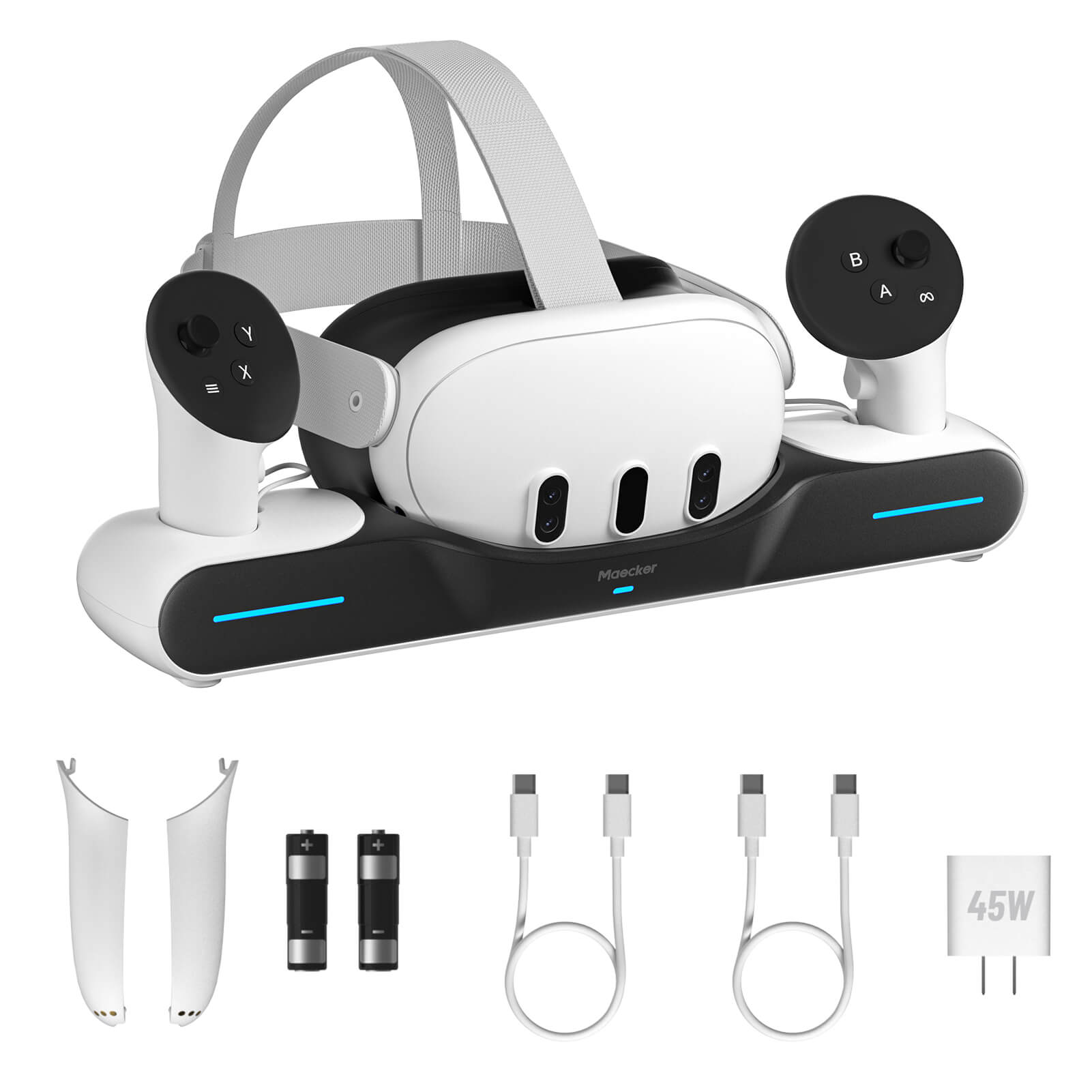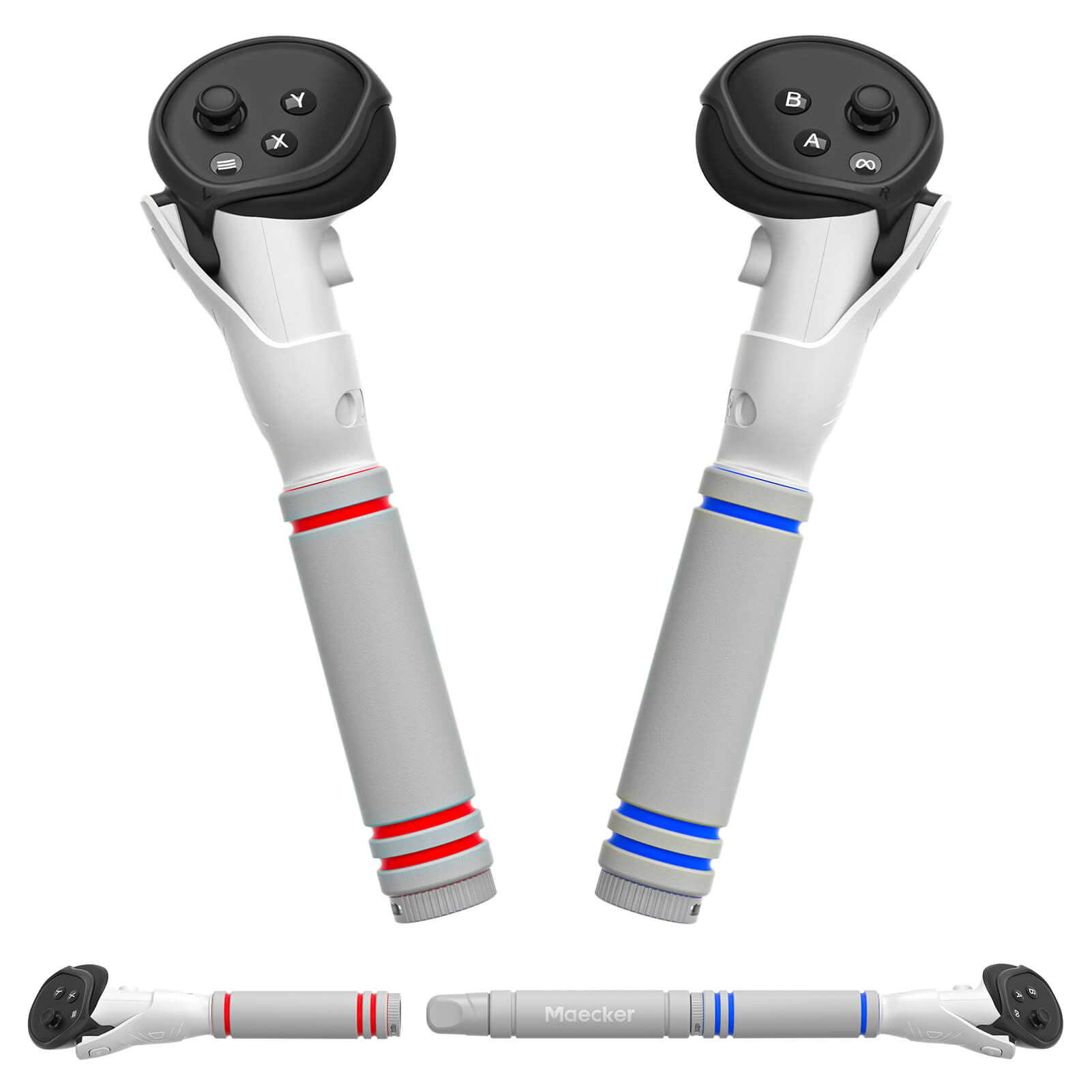A good VR face cover can make a significant difference in how long and how comfortably you can use your headset. The right cover keeps sweat at bay, minimizes lens fog, and improves the overall fit, which makes long sessions more enjoyable. VR covers come in various materials and designs, each suited to different users.
In this guide, we’ll go over the factors to consider when choosing a VR face cover and some popular types to help you find the best one for your needs.
Why Invest In A Quality VR Face Cover?
A face cover is more than just a layer between your skin and the headset. It impacts comfort, durability, and hygiene. Many VR headsets come with foam face covers that, while comfortable at first, can absorb sweat over time and become difficult to keep clean. A good VR face cover also reduces the risk of skin irritation, a common issue among VR users who play for extended sessions.
Key Factors In Choosing The Right VR Face Cover
1. Comfort
Look for a cover with memory foam or similar materials that mold to the face, helping relieve pressure. The softness of the face cover’s material also matters – for example, memory foam and fabric provide a gentle touch, while PU leather may feel firmer.
Choose a face cover that includes a nose guard to reduce light leakage and padding that distributes pressure evenly across your face. An adjustable design can also be helpful if you share the headset, ensuring everyone has a comfortable fit.
2. Material
The material of a VR face cover influences comfort, durability, and how easy it is to clean. Common materials include foam, silicone, PU (polyurethane) leather, and fabric, each offering unique advantages.
3. Breathability
VR workouts, high-intensity gaming, or long sessions require breathability in a face cover to prevent overheating and lens fogging. Some covers are designed with ventilation features or holes to allow better airflow.
Silicone and PU leather are less breathable, which can lead to a warmer experience, while foam and fabric allow more airflow, keeping your face cooler. For VR fitness enthusiasts, breathable covers help prevent the buildup of sweat, making the headset more comfortable to wear over time.
4. Ease Of Cleaning
VR headsets can be shared between users, but hygiene becomes essential when multiple people use the same device. A face cover that’s easy to clean is invaluable.
Silicone and leather covers are simple to wipe down with antibacterial wipes. Fabric covers are machine washable, which keeps them fresh, although they might absorb sweat more than other materials. For minimal upkeep, disposable covers are an option for shared environments or public spaces, though they’re less eco-friendly.
Types Of VR Face Covers And Their Best Uses
PU Leather Face Covers
PU leather face covers offer durability and water resistance, making them an ideal choice for fitness-focused VR users. Since PU leather doesn’t absorb sweat, it’s easy to wipe down after each use. These covers are suitable for users who want a low-maintenance, long-lasting solution.
- Best for: VR fitness enthusiasts, shared VR users, and people seeking a clean, water-resistant option.
- Pros: Simple to clean, durable, water-resistant.
- Cons: Limited breathability may cause overheating with prolonged use.
Silicone Face Covers
Silicone face covers act as a barrier over foam, offering protection against sweat without sacrificing comfort. They are easy to clean and hypoallergenic, making them great for users with allergies or skin sensitivities.
- Best for: Fitness users who want added sweat protection and those with skin sensitivities.
- Pros: Hypoallergenic, easy to clean, protective layer over foam.
- Cons: Limited breathability and may slip during intense movement.
Fabric And Cotton Face Covers
Fabric or cotton covers offer a breathable and soft surface, suitable for users who prioritize hygiene and comfort. They absorb sweat and are often washable, making them sustainable and easy to reuse.
- Best for: Users seeking comfort, breathability, and a washable cover.
- Pros: Breathable, gentle on skin, often machine-washable.
- Cons: Absorbs sweat, needs frequent washing.
Disposable Face Covers
Disposable face covers are thin, single-use covers meant for quick replacement. They’re great for public or shared VR setups where hygiene is a priority. However, they lack the durability and comfort of reusable covers.
- Best for: Shared VR environments, arcades, and event spaces.
- Pros: Hygienic, no cleaning needed.
- Cons: Not environmentally friendly, less comfortable for extended use.
Recommended VR Face Covers
1. MaeckerVR Meta Quest 3 Leather Face Cover
Conclusion
A well-chosen VR face cover can enhance your virtual reality experience by adding comfort, reducing cleaning needs, and maintaining hygiene. Whether you’re looking for something durable for high-energy workouts or a soft and hypoallergenic option, there’s a VR face cover out there to suit every preference.








